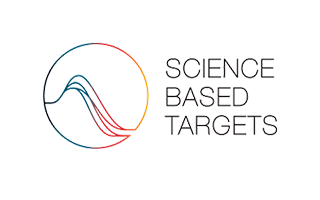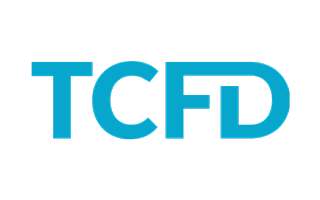How to set effective ESG targets?
Now we come to the crux of the matter: how to set effective ESG targets. Establishing targets that are both ambitious and achievable is essential for driving meaningful change within organisations. To address this question, we have developed a practical framework that works across industries:
- Framework & KPI selection
After performing a Double Materiality Assessment (DMA) to prioritise which topics are material, organisations should set KPIs and targets for those topics. The first step in setting ESG targets is to identify the framework and KPIs that best align with your industry, company size, and strategic ambitions. Various frameworks exist, each offering different methodologies and metrics tailored to specific sectors or objectives.
When selecting KPIs, it is crucial to consider not only the relevance of the metrics but also their ability to drive performance improvements. Look for KPIs that have been validated through industry benchmarks, enabling you to compare your performance against peers. Engaging stakeholders (including employees, customers, and investors) in this selection process can also provide valuable insights and foster a sense of ownership and commitment to the targets.
- Target setting
The targets should naturally flow from the chosen KPIs, as discussed in the deep dive of different kind of targets. It is essential to define these KPIs in a SMART manner (Specific, Measurable, Achievable, Relevant, and Time-bound).
But here's the crucial part: ensuring everyone understands what these KPIs actually mean. Training sessions, workshops, and clear communication make all the difference. A shared understanding across the organisation is essential to enhance collaboration and commitment to achieving the targets.
- Action plan as validation of the target
Here’s where theory meets reality. Developing a realistic action plan is crucial for validating the feasibility of your targets. This plan should outline the specific steps required to reach each target, including the resources needed, timelines, and responsible parties.
- Resource allocation: identify the financial, human, and technological resources necessary to implement the action plan. This may involve budgeting for new initiatives, estimating the time investment needed to drive the actions, hiring additional staff, or investing in training programs to build capacity.
- Timeline and milestones: establish a timeline with key milestones to track progress. Breaking down the action plan into smaller, manageable tasks can help maintain momentum and facilitate regular assessments of progress.
- Monitoring and evaluation: incorporate mechanisms for monitoring progress and evaluating the effectiveness of the action plan. Regular check-ins and progress reports can help identify any obstacles early on, allowing for timely adjustments to keep the organisation on track.







